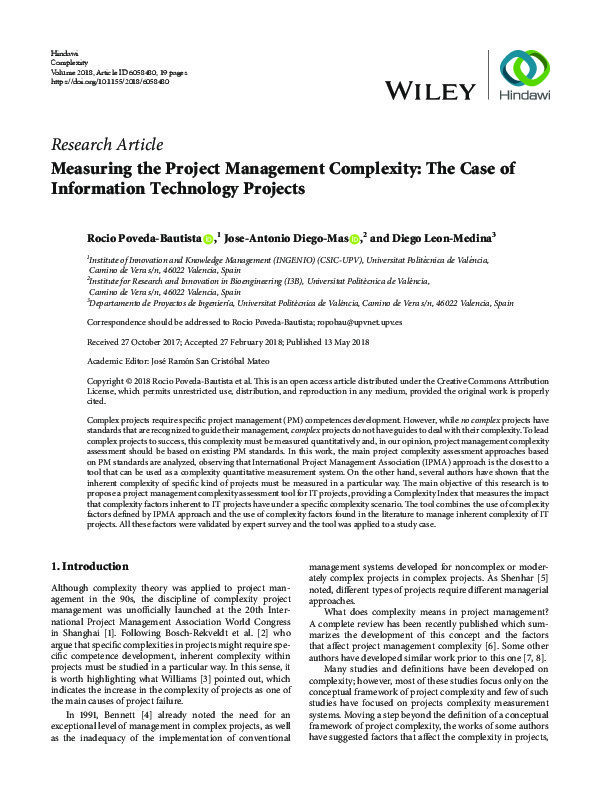JavaScript is disabled for your browser. Some features of this site may not work without it.
Buscar en RiuNet
Listar
Mi cuenta
Estadísticas
Ayuda RiuNet
Admin. UPV
Interaction between heterobinuclear molecules and nature of the ground spin states in oximato-bridged [CuIIMII]2 bis-binuclear complexes (M=Cu, NI, Mn): crystal structure of [Cu(pdmg)Ni(Me3[12]N3)(EtOH)](ClO4)2
Mostrar el registro sencillo del ítem
Ficheros en el ítem
| dc.contributor.author | Cervera, B.
|
es_ES |
| dc.contributor.author | Ruiz, R.
|
es_ES |
| dc.contributor.author | Lloret, F.
|
es_ES |
| dc.contributor.author | Julve, M.
|
es_ES |
| dc.contributor.author | Faus, J.
|
es_ES |
| dc.contributor.author | Muñoz Roca, María Del Carmen
|
es_ES |
| dc.contributor.author | Journaux, Y.
|
es_ES |
| dc.date.accessioned | 2020-03-13T08:29:20Z | |
| dc.date.available | 2020-03-13T08:29:20Z | |
| dc.date.issued | 1999-05 | es_ES |
| dc.identifier.issn | 0020-1693 | es_ES |
| dc.identifier.uri | http://hdl.handle.net/10251/138904 | |
| dc.description.abstract | [EN] Two new heterobimetallic complexes [Cu(pdmg)Ni(Me-3[12]N-3)(CH3CH2OH)](ClO4)(2)(2) and [Cu(pdmg) Mn(bipy)(2)]-ClO4)(2) . H2O (3) (H(2)pdmg = 3,9-dimethyl-4,8-diazaundeca-3,8-diene-2 10-dione dioxime; Me-3[12]N-3 = 2,4,4-trimethyl-1,5,9-triazacyclododeca-1-ene; bipy = 2,2'-bipyridyl) have been prepared and characterized. The structure of 2 has been determined by single-crystal X-ray diffraction methods. It consists of [Cu(pdmg)Ni(Me-3[12]N-3)(CH3CH2OH)](2+) cations and non-coordinated perchlorate anions. The [Cu(pdmg)(CH3CH2OH)] complex coordinates to the [Ni(Me-3[12]N-3)](2+) fragment to afford the binuclear unit doubly-bridged by oximato groups in cis arrangement. The coordination geometry around the copper atom is square-pyramidal, whereas the nickel atom exhibits a trigonal-bipyramidal surrounding The intramolecular Cu-Ni distance is 3.810(6) Angstrom. In the crystal, two [(CuNII)-N-II] dimeric units are related through an inversion center, giving rise to a bis-binuclear entity with a relatively short intermolecular Cu-Cu separation of 4.175(6) Angstrom. Variable-temperature magnetic susceptibility measurements (2.0-300 K) for 2 correspond to an almost isolated Cu(II)Ni(Ir) pair with an intrapair interaction parameter J= -143.6(2) cm(-1). However, the EPR spectrum at 4.2 K is that of a triplet spin state arising from the interaction between the two doublet spin states within the [(CuNiII)-Ni-II](2) bis-binuclear entity. The magnetic properties of 3 unambiguously reveal the bis-binuclear nature of this compound, as is the case for the related homometallic complex [Cu(pdmg)Cu(bipy)(H2O)(2)](ClO4)(2). H2O (1). The intra- (J) and interpair (j) interaction parameters for 3, as deduced from the analysis of its magnetic susceptibility data in the temperature range 2.0-300 K, are - 50.9(2) and 1.50(2) cm(-1), respectively. The field dependence of the magnetization of 3 at 2.0 K corresponds to that of a nonet state arising from the interaction between two quintuplet spin states within the [(CuMnII)-Mn-II](2) bis-binuclear entity. The interaction between the heterobinuclear Cu(II)Mn(II) molecules and its influence on the nature of the ground spin state for 3 are analyzed and discussed in the framework of a spin polarization scheme. | es_ES |
| dc.description.sponsorship | This work was supported by the Dirección General de Investigación Cientı́fica y Técnica (DGICYT) (Spain) through Project PB97-1397 the Spanish French Integrated Actions and the TMR program of the European Union through project ERBFMRXCT-980181. B. Cervera and R. Ruiz acknowledge the Conselleria de Cultura, Educació i Ciència de la Generalitat Valenciana and the Ministerio de Educación y Ciencia (Spain) for doctoral and post-doctoral grants, respectively. We are very indebted to Dr Ally Aukauloo for fruitful discussions during the preparation of the manuscript and continuous interest in this work. | es_ES |
| dc.language | Inglés | es_ES |
| dc.publisher | Elsevier | es_ES |
| dc.relation.ispartof | Inorganica Chimica Acta | es_ES |
| dc.rights | Reserva de todos los derechos | es_ES |
| dc.subject | Crystal structures | es_ES |
| dc.subject | Manganese complexes | es_ES |
| dc.subject | Nickel complexes | es_ES |
| dc.subject | Copper complexes | es_ES |
| dc.subject | Oximato complexes | es_ES |
| dc.subject.classification | FISICA APLICADA | es_ES |
| dc.title | Interaction between heterobinuclear molecules and nature of the ground spin states in oximato-bridged [CuIIMII]2 bis-binuclear complexes (M=Cu, NI, Mn): crystal structure of [Cu(pdmg)Ni(Me3[12]N3)(EtOH)](ClO4)2 | es_ES |
| dc.type | Artículo | es_ES |
| dc.identifier.doi | 10.1016/S0020-1693(99)00035-3 | es_ES |
| dc.relation.projectID | info:eu-repo/grantAgreement/EC//ERBFMRXCT980181/EU/ | es_ES |
| dc.relation.projectID | info:eu-repo/grantAgreement/MECD//PB97-1387/ | es_ES |
| dc.rights.accessRights | Cerrado | es_ES |
| dc.contributor.affiliation | Universitat Politècnica de València. Departamento de Física Aplicada - Departament de Física Aplicada | es_ES |
| dc.description.bibliographicCitation | Cervera, B.; Ruiz, R.; Lloret, F.; Julve, M.; Faus, J.; Muñoz Roca, MDC.; Journaux, Y. (1999). Interaction between heterobinuclear molecules and nature of the ground spin states in oximato-bridged [CuIIMII]2 bis-binuclear complexes (M=Cu, NI, Mn): crystal structure of [Cu(pdmg)Ni(Me3[12]N3)(EtOH)](ClO4)2. Inorganica Chimica Acta. 288(1):57-68. https://doi.org/10.1016/S0020-1693(99)00035-3 | es_ES |
| dc.description.accrualMethod | S | es_ES |
| dc.relation.publisherversion | https://doi.org/10.1016/S0020-1693(99)00035-3 | es_ES |
| dc.description.upvformatpinicio | 57 | es_ES |
| dc.description.upvformatpfin | 68 | es_ES |
| dc.type.version | info:eu-repo/semantics/publishedVersion | es_ES |
| dc.description.volume | 288 | es_ES |
| dc.description.issue | 1 | es_ES |
| dc.relation.pasarela | S\17388 | es_ES |
| dc.contributor.funder | European Commission | es_ES |
| dc.contributor.funder | Generalitat Valenciana | es_ES |
| dc.contributor.funder | Ministerio de Educación y Ciencia | es_ES |






![[Cerrado]](/themes/UPV/images/candado.png)


